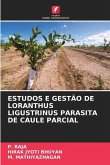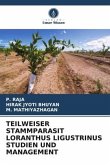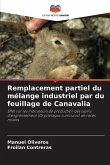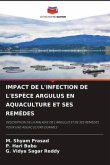Cultivation of Khasi Mandarin forming is the only source of income for the farmers in Arunachal Pradesh. The production and productivity of Khasi Mandarin are mainly affected by the Loranthus stem parasite weed. It is lowering its yield and productivity and finally killed the host plant within 4-5 years after infestation. Loranthus leaves are light green and arranged oppositely. Leaf patterns are small simple leaves, elliptical shape, and entire margin and reticulate venation. It is ranged from 4.00 to 8.5 cm in length and leaf breadth varies from 1.60 to 3.00 cm. Loranthus has single haustoria and the stem length varies from 30 to 42 cm and has 6 to 8 branches at the tip. we have identifed the suitable managment practice for loranthus.








